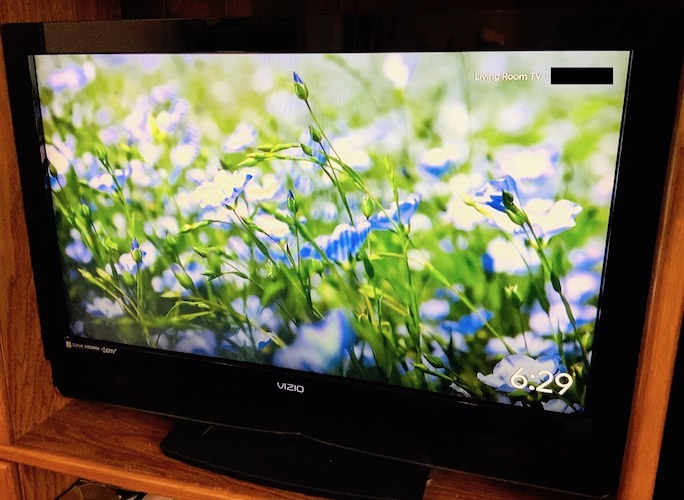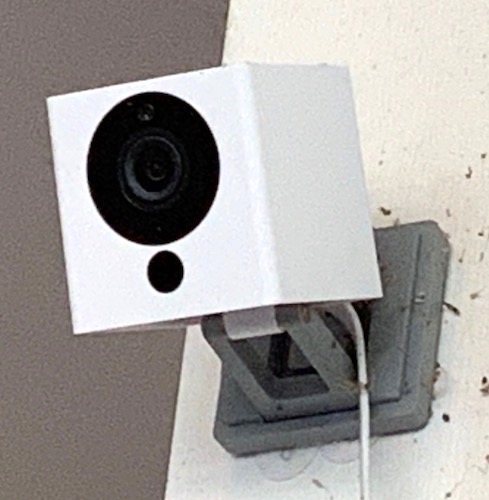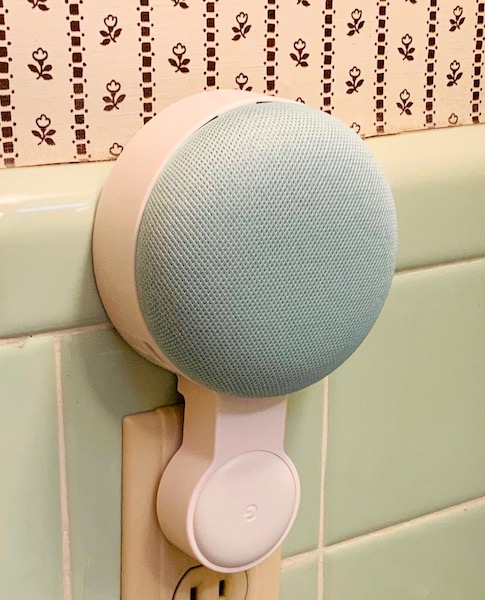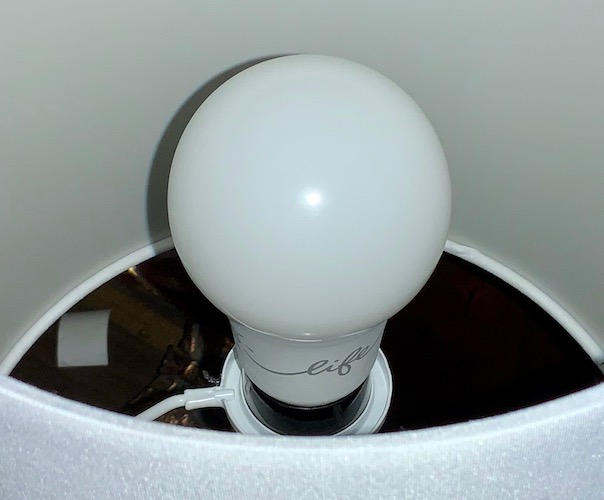When my tech savvy, programmer friend set up a smart home system in his apartment in early 2017, I thought it was overkill. The type of thing only tech people get excited for, but non-tech people like myself roll their eyes at – like Google Glass. The way my friend described it, home automation was something complicated that you needed to be a coder to understand and set up, and why would I need smart lights anyway? It’s not that hard to get up and turn my lights off. Flash forward two and a half years later to June 2019 and I now have a house full of smart home tech I set up myself.
My smart home technology:
- 5 Google Home Minis
- 8 Wyze cameras – 5 pointed outside, 3 pointed inside
- 7 Tuya compatible Gosund smart sockets
- 7 GE Life smart light bulbs
- 1 Chromecast
My journey from 0 to 28 started in January of this year with my Wyze cameras. I was living alone for the first time and worried about security, so I purchased three Wyze cameras so that I could see when people were on my property. I first looked into Nest cameras, but they were expensive and installation with a hub was overly complicated for what I was willing to do at the time. My friend suggested I look into Wyze, which are only $20 for a good camera, and work with their own app so you don’t need to set up a hub for them to function. For someone just dipping their toe into home automation technology, Wyze worked out perfectly for me – so much so that I quickly purchased two more cameras so that every door plus my driveway is covered by a camera. I have, since then, purchased three more for indoor coverage as well.
My next foray into home automation came in the form of Google Home Mini. When my friend upgraded his smart home technology from Amazon Echo to Google Home, he gave me his Echo to try, but I never did set it up (it’s still sitting on my coffee table untouched). He kept suggesting I get a Google Home but I never thought I needed one, until I found the Shopping List feature. I am constantly forgetting what I need to buy at the store and will remember things at random times, and if I don’t write them down right away I will forget, so having a Google Home to jot down my shopping list for me is great. The Shopping List feature, plus a Mother’s Day sale which brought down the price from $50 to $30, was enough for me to take the plunge into Google Home Mini. I purchased two.
I set up one in my living room and one in my bedroom, but found that two simply weren’t enough for my house. While brushing my hair in my bathroom, neither Google Home Mini could hear me, so I needed one for the bathroom. While in the kitchen, the living room Mini could hear me but I had to raise my voice for it to do so, which obviously meant I had to get a separate one for the kitchen. My mom was coming home from physical rehabilitation and would, of course, need her own. So I bought three more during the Father’s Day sale. Now, no matter where I go in my house, a Google Home Mini can hear me.
It wasn’t long until I got used to talking to Google, and by then I wanted to do more with it. I asked my friend for recommendations, and I ended up buying a set of four Tuya compatible Gosund smart sockets. These sockets also work with Wi-Fi and come with the Tuya Smart Life app, the way my Wyze cameras and Google Home Minis did. The Tuya app is also compatible with the Google Home app. This way, I could use my existing infrastructure to communicate with the smart sockets, and I wouldn’t have to buy a hub and set up anything new. Four smart sockets just weren’t enough, because I have 7 lamps in my house which needed smart sockets, so I quickly purchased a second set of four.
It wasn’t even a day after I installed my first set of smart sockets that I found myself instinctually asking Google to turn on my overhead light in my bedroom, which wasn’t a smart light. My friend recommended smart light switches, but as I looked into them, I realized that my house’s wiring was not compatible with smart switches. I put off buying more smart devices until the Father’s Day sale at Google, where I could buy a GE Life smart light bulb on sale for only $5, with which to experiment. I was warned that I would end up hating the smart light bulbs, but my $5 experiment turned into buying six more smart light bulbs at full price (they come in two packs for $30) for my den, hallway, bathroom, and one for my mom’s bedroom.
I was questioned by both my friend and my mom about putting smart light bulbs in so many rooms in my house, especially my bathroom – both brought up what happens when I need to use the bathroom in the middle of the night. When you use smart light bulbs, you must leave your light switches in the “on” position the entire time, and use either the Google Home app or your Google Home device to turn the light bulbs on and off. This can be annoying for some people when they go to use the light switch and forget that they must use the app or the Google Home device to turn the light on. I fully understand why some people would find that annoying, especially in the middle of the night. My friend says that “home automation should[n]’t add complexity to your life. If you have to change the way you live to conform to the technology you’re using then you’re using the wrong technology.” I agree with this take: home automation technology should enhance your life, not detract from it.
Luckily for me, smart light bulbs don’t detract from my life at all. I never turn on the lights when I get up in the middle of the night to use the bathroom because I don’t want my brain to think it’s time to get up for the day. I spent years not using the light switch in my bedroom because it was broken until this past March when I finally changed it out. When I turn certain lights on for the day, I don’t turn them off until I go to bed at night (yeah, waste of energy, yada yada, I don’t care). I’m used to not using switches in situations that other people would find not using switches cumbersome. Smart light bulbs are not for everyone, but they work well for me.
They also work well for my mom. My mom is in a wheelchair full time, and she just returned home from rehab and cannot get out of bed without assistance. My mom is not the type of person who would forget that she can’t use the light switch because she can’t use any light switches right now. So a smart socket for her bedside lamp and a smart bulb for her overhead light is perfect for her. She can control all of her lights whenever she wants – not being able to control the overhead lights was her main complaint about the rehab – and she doesn’t get frustrated by not being able to use switches.
My last piece of home automation has been around for years, and I’m only now getting on board with it: Chromecast. I never saw the benefit of Chromecast before; my friend had one back in 2015 but you still had to pause and play from the computer which rendered the entire thing useless to me. But with the Google Home Mini, I can pause and play using my voice once I’ve already set aside the computer; it’s great.
I may be a late-comer to the home automation bandwagon, but it is something I’ve now embraced wholeheartedly. I’ve spent… way too much money on making my house a smart home. The use of Wi-Fi devices, cloud services, and apps on your phone has enabled people like me, who aren’t experts at coding and technology, to enhance our lives with home automation without needing to set up our own servers to run self-hosted smart hubs and configure Zigbee or Z-Wave devices. Such is the life-cycle of most technology: the technology junkies are the first adopters, and then companies make commercially-viable options for the rest of us. It took a while, but I’m now a smart home lover.



